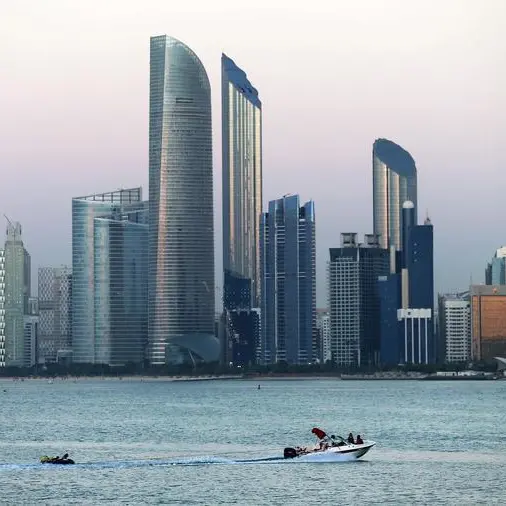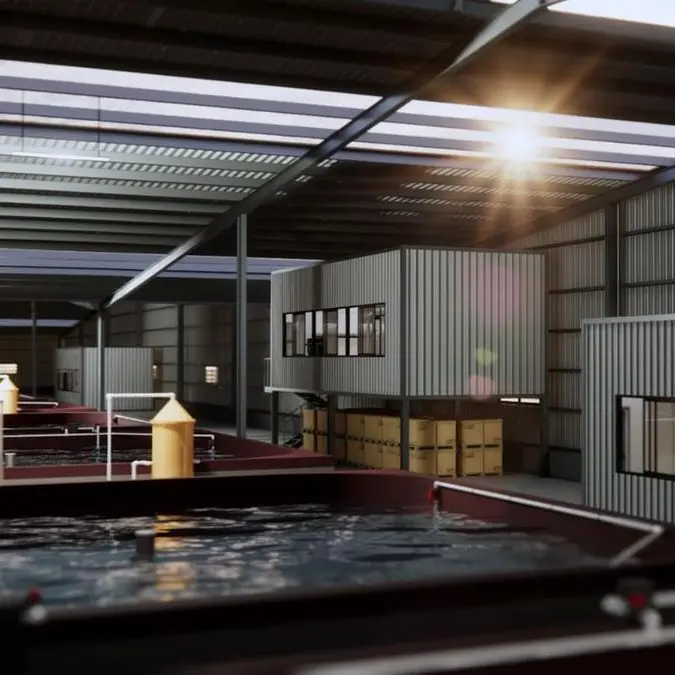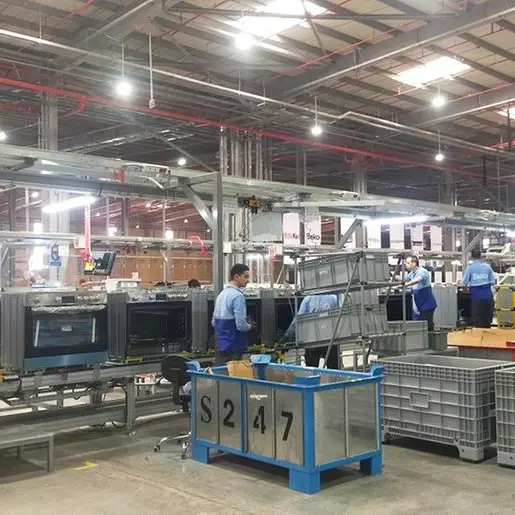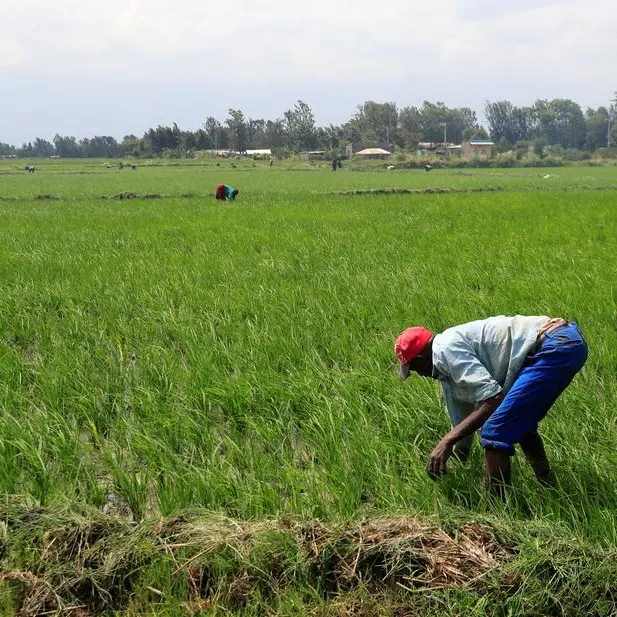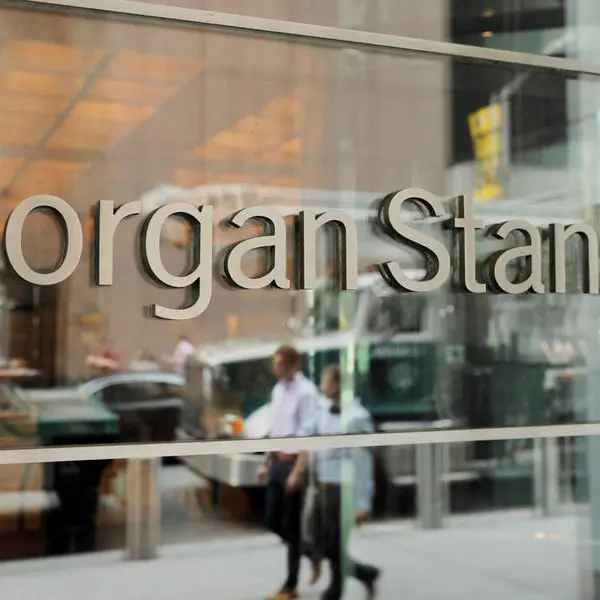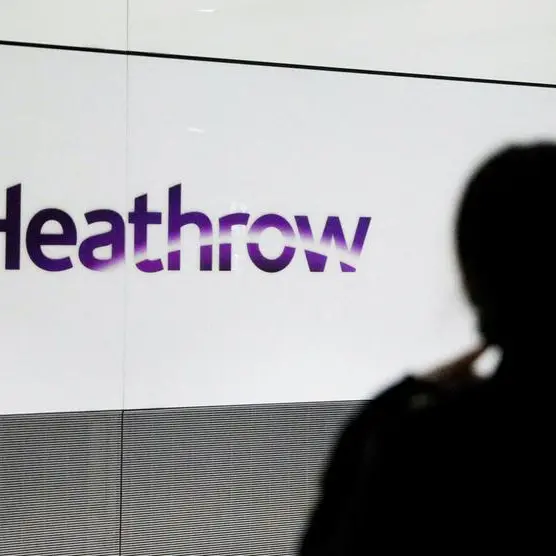PHOTO
Dubai-listed Al Mal Capital REIT (AMCREIT) is seeking regulatory approvals to open up to foreign ownership as its manager plans two healthcare acquisitions in 2025 and to treble its assets in the coming years.
Managing Director Sanjay Vig told Zawya he is also hoping more real estate investment trusts (REITs) will come to the market and create more awareness of the product, allowing him to position his REIT against them.
“I think we need a lot more REITs, but we need a lot more strong REITs,” he said in an interview.
AMCREIT is targeting assets growth from AED 1 billion ($272 million) to AED 3 billion over the next years, with acquisitions of six or seven new assets in two years, starting with two healthcare properties in 2025.
Opening up to foreign ownership of up to 30% could also be “a very big step” in creating a substantial upside, he told Zawya.
The REIT is focused on education, healthcare and industrial assets and has an existing portfolio of five UAE schools.
It is 70% owned by Dubai Investments, according to Dubai Financial Market (DFM) records. Opening it up to foreign investors is currently a matter of ongoing discussions with regulators.
While another Dubai-based REIT, Nasdaq Dubai-listed Emirates REIT, has made headlines due to sukuk-refinancing challenges, AMCREIT paid a dividend of AED 15.4 million in June 2024, up by more than AED 3 million since December 2023.
AMCREIT’s education assets are in Sharjah, Ajman, and Dubai and healthcare assets are its priority in the short-term.
The REIT was the first listed on the DFM in 2021 following three years of discussion with regulators, paying a dividend of 5.5% in its first year and 7% in its second year. It is expected to continue to pay 7% going forward.
UAE REIT regulations allow AMCREIT to have 25% of its investments outside the country, but Vig said the emirates will be the focus for the time being.
One challenge for such a REIT, he said, is raising money. A sukuk issuance in the short-term is unlikely, as it is only permitted leverage of 50% under Securities and Commodities Authority (SCA) rules, compared to 65% for the Nasdaq-listed REITs. This means it needs to exceed assets of $1 billion for a sukuk to have a benchmark size of $500 million.
A second challenge is the track record of other REITs in the market and the lack of awareness of the structure in the market, which can make growth challenging.
Regarding regulatory discussions to permit foreign investments, the REIT needs to seek approvals for onshore assets to allow foreign investors not only from the SCA but from the land departments of individual emirates.
As for investing abroad, Saudi Arabia is the obvious choice as it is also seeing growth in its education sector due to its growing population. But as there are already 18 REITs in the kingdom, it is not a short-term consideration but something to be considered if there is an interesting opportunity.
“What the market needs are stable REITs,” he said. “When a REIT’s return is not certain for the next year, it creates less acceptability in the market.”
Assets like education, due to rising school fees and long-term leases, as well as other assets with long-term leases are where stability lies, he added.
(Reporting by Imogen Lillywhite; editing by Seban Scaria)


